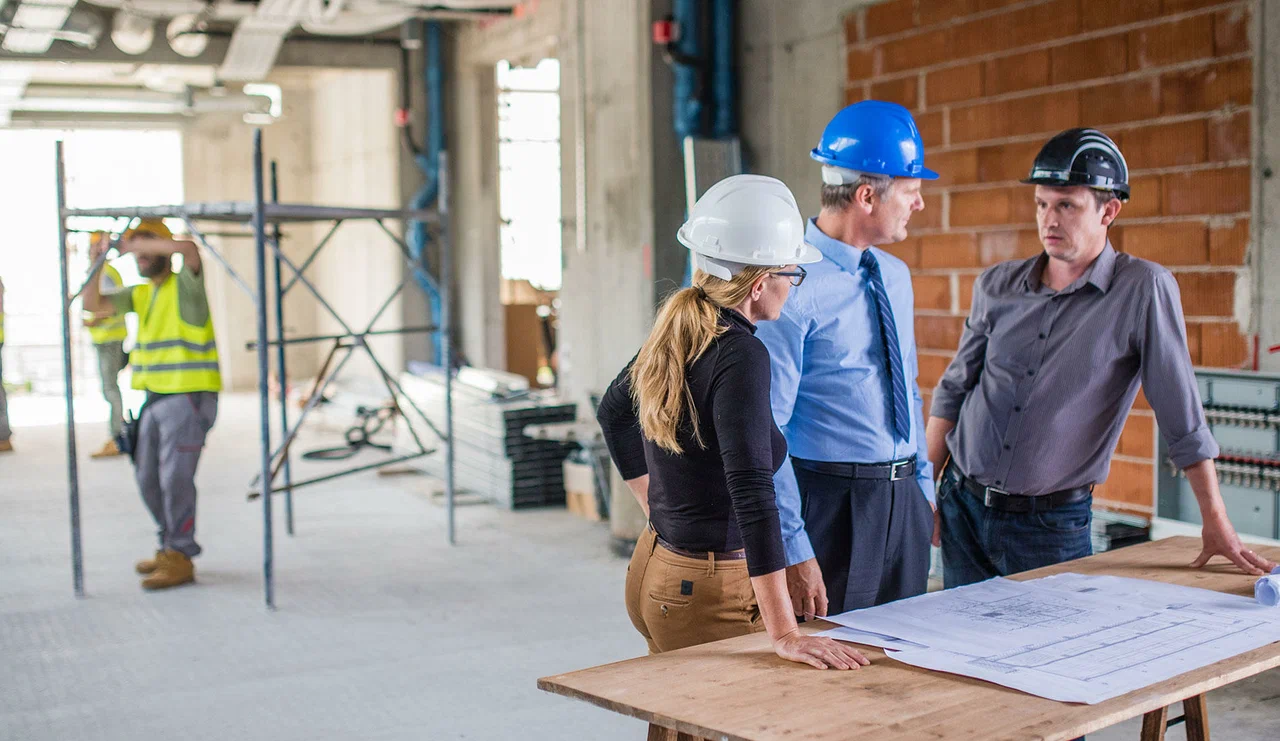Budgeting a job down to the penny? Of course you are.
But if you’re only crunching numbers for concrete, labor, and machinery—you’re missing something critical.
Sanitation.
For long-term construction sites, porta-potty rentals aren’t a side note. They’re an operational necessity. And if you’ve ever had to field complaints about overfilled units, long walks across the site to find one, or OSHA violations? You already know.
So let’s break it down: how do you budget smartly when you need to rent a portapotty for 6 months, 12 months, or longer?
Here’s what experienced builders consider—and what you should too.
It Starts with Crew Count + Timeline
The math is simple—but often underestimated.
OSHA recommends 1 toilet per 10 workers for a standard 40-hour week. That means:
- 10 workers = 1 unit
- 20 workers = 2 units
- 30 workers = 3 units… and so on
But here’s where it gets real:
- Add 50% more units if your team is working extended shifts
- Plan for more frequent servicing in hot months (hello, Oklahoma summers)
- Anticipate peak crew sizes, not just averages
Budgeting without this buffer means you’ll be calling in last-minute rentals—and paying emergency fees to fix it.
Weekly Costs Aren’t the Whole Picture
Most construction sites quote portable toilets on a weekly rental basis. But don’t forget to account for:
- Delivery and pickup fees (often flat-rate)
- Servicing frequency (standard is once a week, but you may need more)
- Extra supplies like sanitizer or handwashing stations
- Damage waiver or protection plan fees
If your site has heavy equipment, consider ordering units built for jobsite conditions—they cost a little more but last longer (and smell better).
And remember, long-term rentals often qualify for discounted rates when you work with a dedicated vendor which specializes in flexible construction rental services designed to scale with your site’s needs.
Don’t Forget Site Logistics
A long-term job means your site layout will change.
- That porta-potty on the southwest corner might work for week 1
- But by week 12? Crews may be working half a mile away
Account for rotating unit placement and possible re-deployments. In your budget, include labor or forklift time to move units when necessary—or opt for multiple units spread out.
This also improves compliance, reduces downtime, and keeps morale higher than you’d think possible from a bathroom strategy.
Upgrade When It Matters
Not all jobsites are the same. And not all crews have the same needs.
For longer projects, it may be worth upgrading to:
- Flushable restroom trailers for high-volume use
- Handwashing stations for better hygiene (especially if food trucks or outdoor lunch areas are onsite)
- ADA-accessible units if required
Yes, they cost more. But on long-term builds, these upgrades often pay for themselves in efficiency, cleanliness, and worker satisfaction.
Reminder: a porta-potty that’s avoided is as good as one that’s not there at all.
Lock In a Long-Term Plan (and a Long-Term Partner)
The best way to control costs? Plan ahead.
When you know you’re in it for the long haul, ask your provider about:
- Multi-month service agreements
- Volume pricing for multiple units
- Flexible upgrade/downgrade terms
- Scheduled site reviews to adjust placement or service frequency
A professional who understands construction rental services won’t just drop off a unit—they’ll help you optimize your layout, usage, and cost over time.
Final Thought: Don’t Let Sanitation Sink Your Site
When you rent a portapotty, you’re not just checking a box—you’re supporting productivity, compliance, and basic human dignity on your jobsite.
Smart planning now means fewer headaches later. And on a long-term project, that’s money in the bank.
So give your sanitation setup the same attention you give your subs, your schedules, and your specs. Your crew—and your budget—will thank you.





Be First to Comment